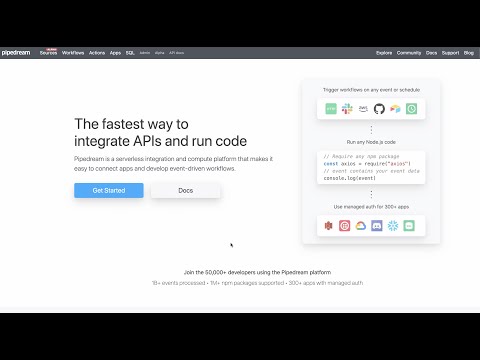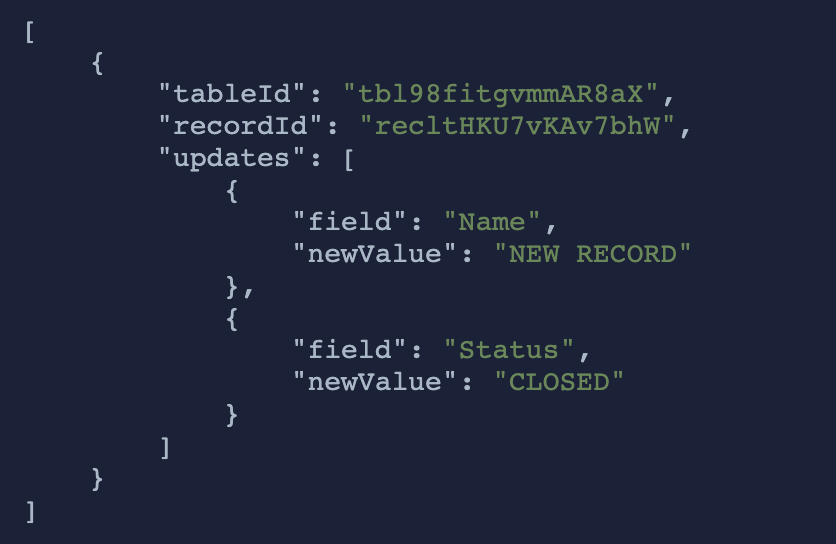What do you want to automate
with Placid and Slack?
Prompt, edit and deploy AI agents that connect to Placid, Slack and 2,800+ other apps in seconds.
Trusted by 1,000,000+ developers from startups to Fortune 500 companies
Popular Placid and Slack Triggers#
Emit new event when a new message is posted to one or more channels
Emit new event when a message was posted in a direct message channel
Emit new events on new Slack interactivity events sourced from Block Kit interactive elements, Slash commands, or Shortcuts
Emit new event when a specific keyword is mentioned in a channel
Popular Placid and Slack Actions#
Generate a new image based on a specified template. See the documentation
Creates a new PDF based on a specified template. See the documentation
Send a message to a public or private channel. See the documentation
Send a message to a user, group, private channel or public channel. See the documentation
Configure custom blocks and send to a channel, group, or user. See the documentation
Overview of Placid#
The Placid API lets you automate the creation of visual content such as images and videos. With Pipedream, you can trigger workflows using various events, process data, and use the Placid API to dynamically generate marketing materials, social media graphics, personalized images for email campaigns, and more. Leveraging Pipedream's capabilities, you can integrate Placid with other apps to create robust, multi-step automations without writing extensive code.
Connect Placid#
import { axios } from "@pipedream/platform"
export default defineComponent({
props: {
placid: {
type: "app",
app: "placid",
}
},
async run({steps, $}) {
return await axios($, {
url: `https://api.placid.app/api/rest/templates`,
headers: {
Authorization: `Bearer ${this.placid.$auth.api_token}`,
},
})
},
})
Overview of Slack#
The Pipedream app for Slack enables you to build event-driven workflows that interact with the Slack API. Once you authorize the app's access to your workspace, you can use Pipedream workflows to perform common Slack actions or write your own code against the Slack API.
The Pipedream app for Slack is not a typical app. You don't interact with it directly as a bot, and it doesn't add custom functionality to your workspace out of the box. It makes it easier to automate anything you'd typically use the Slack API for, using Pipedream workflows.
- Automate posting updates to your team channels
- Create a bot to answer common questions
- Integrate with your existing tools and services
- And much more!
Connect Slack#
import { axios } from "@pipedream/platform"
export default defineComponent({
props: {
slack: {
type: "app",
app: "slack",
}
},
async run({steps, $}) {
return await axios($, {
url: `https://slack.com/api/users.profile.get`,
headers: {
Authorization: `Bearer ${this.slack.$auth.oauth_access_token}`,
},
})
},
})
Related Videos#


Community Posts#
